
The honorific ‘Sir’ resonates with a timeless dignity, evoking images of chivalry, distinguished service, and profound respect. It is a title that has traversed centuries, adapting its form and usage across diverse cultures and societal structures, yet consistently retaining its core essence as a mark of high regard. Far from being a mere relic of medieval times, ‘Sir’ remains a vibrant and complex element of the English language, reflecting an intricate tapestry of historical evolution, legal custom, and social convention.
This deep dive aims to illuminate the multifaceted journey of ‘Sir,’ from its linguistic genesis in ancient Rome to its contemporary applications across the globe. We will explore how a simple Latin root blossomed into a powerful honorific, how historical events like the Norman Conquest shaped its adoption and significance, and the precise rules that govern its conferral and usage in various national and professional spheres. Understanding ‘Sir’ is to understand a piece of living history, a term whose gravitas continues to shape formal address and social interaction.
Our exploration begins at the very root of the word, tracing its etymological lineage and its foundational connection to titles of nobility and specific orders of chivalry. We will then navigate through its institutionalization within the Commonwealth, examining the intricate distinctions that determine who is entitled to this distinguished prefix and the sometimes-complex interplay between national citizenship and the recognition of such honors.
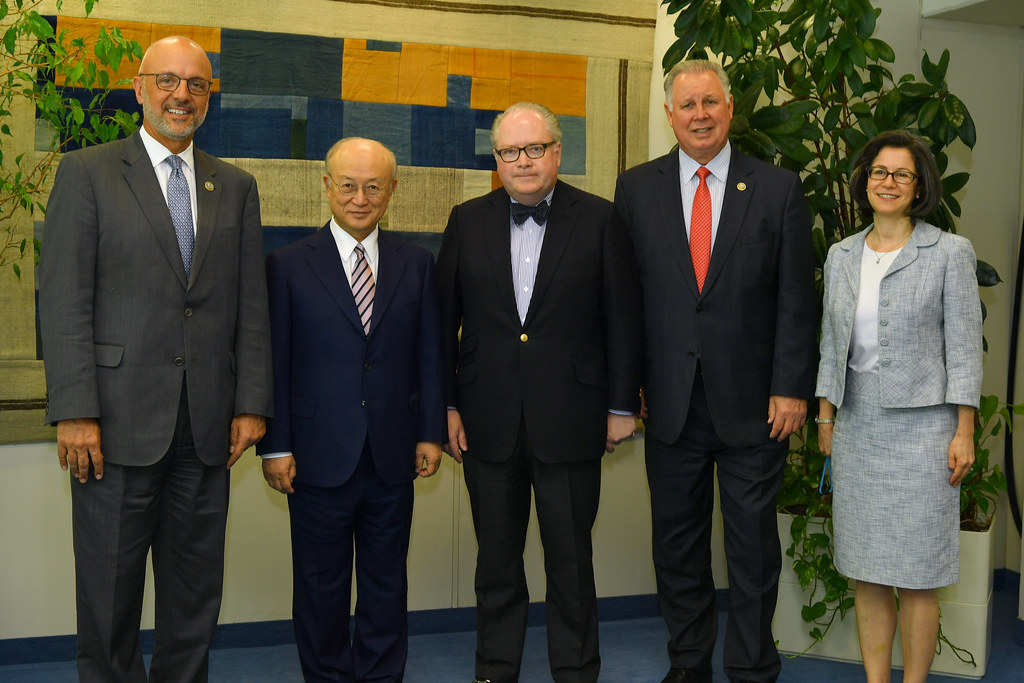
1. **Etymology: From Latin ‘Senior’ to Old French ‘Sire’**
To truly grasp the significance of ‘Sir,’ one must first journey back to its linguistic origins, a narrative that begins not in the knightly courts of medieval Europe but in the administrative structures of ancient Rome. The word ‘sir’ derives directly from the honorific title ‘sire,’ which itself developed alongside ‘seigneur,’ both used to refer to a feudal lord. These terms, in turn, find their common ancestor in the Vulgar Latin ‘senior,’ meaning ‘older’ or ‘elder.’ This etymological thread immediately establishes ‘Sir’ as a term inherently linked to age, experience, and, by extension, authority and respect.
This ancient Latin root highlights a fundamental principle: respect was often accorded to those who were older or held a superior position. ‘Sire’ comes specifically from the nominative case declension ‘senior,’ while ‘seigneur’ emerged from the accusative case declension ‘seniōrem.’ This dual evolution from a single Latin source underscores the deep linguistic roots shared by these honorifics, reflecting a consistent societal valuing of seniority.
With the expansion of the Roman Empire and the subsequent development of Romance languages, Latin terms diffused across Europe. In Old French, ‘senior’ evolved into ‘sire,’ which meant ‘lord.’ It is this ‘sire’ that eventually found its way into English, carrying with it the connotations of a feudal superior. Today, in English French, ‘sire’ exists primarily as part of ‘Monsieur,’ a direct parallel to the English ‘My Lord,’ further illustrating the shared heritage and evolution of these terms of address.
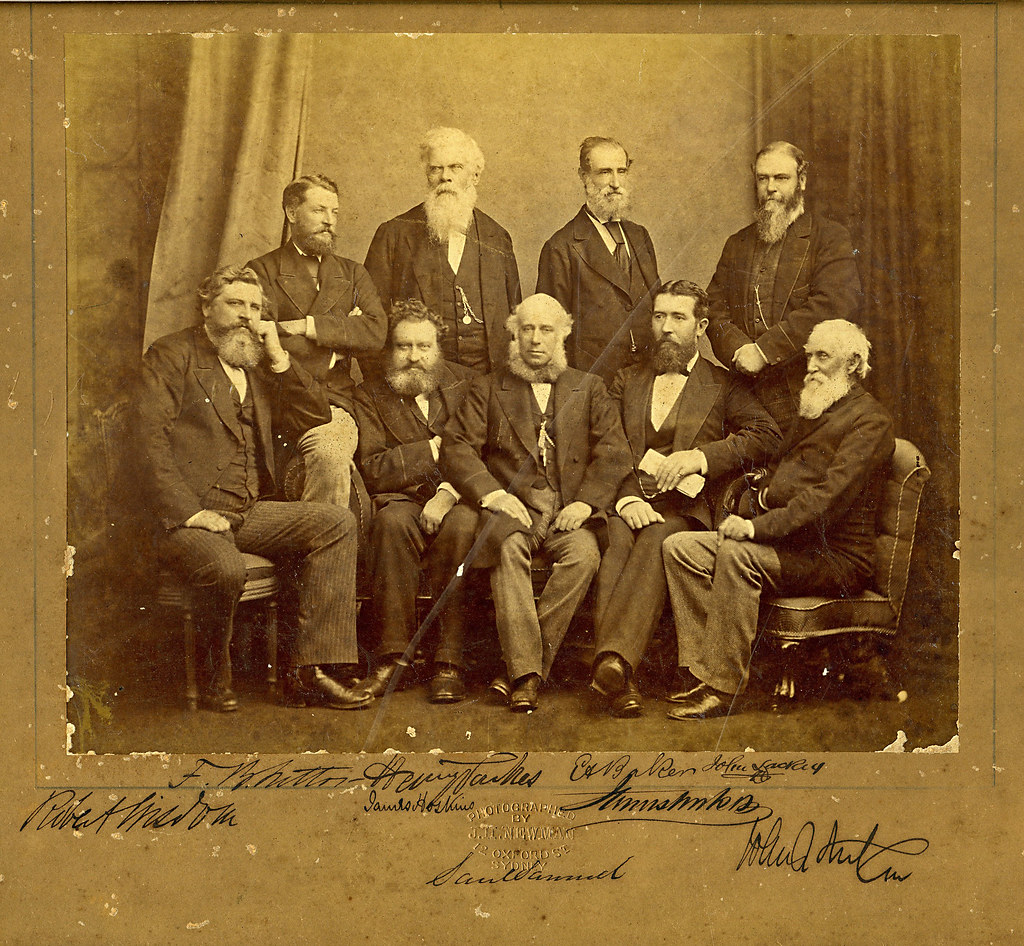
2. **The Norman Conquest and ‘Sir’ as a Title of Respect**
The pivotal moment for the integration of ‘Sir’ into the English lexicon arrived with the Norman Conquest of 1066. The Normans, French-speaking invaders, brought with them their language and customs, fundamentally reshaping English society and its linguistic landscape. Among these influences was the honorific ‘sire,’ which began to be adopted in England.
The form ‘Sir’ is first officially documented in English in 1297, initially serving as the title of honor for a knight and, subsequently, a baronet. This period, some 139 years after Norman rule commenced, solidified its place within the English system of deference. Even before its formal documentation as ‘Sir,’ the variant ‘sire’ was already in use in English by at least c. 1205, primarily as a title placed before a name to denote knighthood.
Beyond its association with knighthood, ‘sire’ also developed broader meanings over time. By c. 1225, it was used to address the (male) Sovereign. Later, around c. 1250, it acquired the additional general senses of ‘father’ or ‘male parent,’ and by 1362, it was also used to refer to an ‘important elderly man.’ This expansion of meaning demonstrates the term’s adaptability and its increasing prevalence as a general marker of respect for men of authority or elder status within English society.
Read more about: The Enduring Power of a Name: Unveiling the Lives and Latest Chapters of Notable Williams, from Royalty to Hollywood’s Beloved Icon

3. **Traditional Entitlement: Knighthood, Baronetcy, and Orders of Chivalry**
Traditionally, and as rigorously governed by law and custom, the title ‘Sir’ has been reserved for men who have achieved specific high honors within the British system. Primarily, it is used for men who are knights and belong to certain orders of chivalry. This foundational entitlement extends to baronets as well, positioning ‘Sir’ firmly within the ranks of hereditary and non-hereditary aristocratic distinctions. The conferral of knighthood, often through a ceremony of accolade, grants the recipient this esteemed pre-nominal.
It is crucial to understand the strict protocol surrounding the use of ‘Sir.’ The prefix is always used with the holder’s given name or full name, but emphatically never with the surname alone. For example, while ‘Sir Alexander’ or ‘Sir Alexander Fleming’ are correct forms of address, ‘Sir Fleming’ would be considered incorrect. This rule underscores the personal nature of the honor, linking it directly to the individual’s identity rather than merely their lineage or family name in isolation.
While ‘Sir’ marks a distinguished male, its female equivalent for knighthood is ‘Dame.’ This ‘suo jure’ term means ‘Dame’ is typically used for women who hold knighthoods in their own right. This clear distinction highlights the parallel yet distinct systems of honorifics for men and women within these traditional structures. The formal address by these titles signifies not merely a name but a recognition of significant achievement or inherited status.

4. **The Female Equivalents: ‘Dame’ and ‘Lady’**
Just as ‘Sir’ designates an honored man, the British honors system provides distinct, though sometimes intertwined, equivalents for women. The direct female equivalent for a woman who holds a knighthood or baronetcy in her own right is ‘Dame.’ This follows the same usage customs as ‘Sir,’ meaning it is applied with her given name or full name, never just her surname. For instance, ‘Dame Helen’ or ‘Dame Helen Mirren’ would be correct, reflecting her individual achievement and title.
However, the term ‘Lady’ presents a more nuanced application, primarily associated with the wives of knights or baronets. While ‘Dame’ was previously also used for the wives of knights and baronets, it is now customary to refer to them as ‘Lady,’ followed specifically by their surname. This means that while ‘Lady Fiennes’ is correct, addressing them as ‘Lady Virginia’ or ‘Lady Virginia Fiennes’ would not be, as ‘Lady’ in this context functions as a courtesy title linked to the husband’s honor, not a personal knighthood.
The distinctions extend to the status of widows. The widows of knights generally retain the style of wives of knights, continuing to be addressed as ‘Lady’ followed by the surname. For widows of baronets, the convention offers two acceptable forms: they may either be referred to as ‘dowager’—for example, ‘Dowager Lady Troubridge’—or they may use their forename before their courtesy style, such as ‘Laura, Lady Troubridge,’ in the case of the widow of Sir Thomas Herbert Cochrane Troubridge, 4th Baronet. These intricate rules underscore the deep-seated customs that govern honorifics within British society.

5. **Commonwealth of Nations: General Usage and Naming Conventions**
Within the United Kingdom and many of its associated Commonwealth realms, the entitlement to the prefix ‘Sir’ adheres to well-established customs, though with variations reflecting national autonomy. Today, numerous men are entitled to use the prefix ‘Sir,’ encompassing knights bachelor, knights of the orders of chivalry, and baronets. These individuals have received substantive knighthoods, meaning the award is a full and recognized honor within the system.
Consistent across these realms is the protocol for applying the prefix: it must be used with the holder’s given name or full name. An example provided explicitly states that while ‘Sir Alexander’ and ‘Sir Alexander Fleming’ are correct, using ‘Sir Fleming’ with the surname alone is not. This highlights a universal linguistic and customary rule that prevents the honorific from becoming a mere descriptor of a family name.
Notably, only citizens of Commonwealth realms are eligible to receive substantive knighthoods and, consequently, the privilege of the accompanying ‘Sir’ style. Furthermore, knighthoods within dynastic orders—those granted at the personal discretion of the Sovereign and Head of the Commonwealth, such as the Order of the Garter, the Order of the Thistle, and knighthoods in the Royal Victorian Order—are generally recognized across all Commonwealth realms, ensuring a consistent application of their accompanying styles.

6. **Honorary Knighthoods for Foreign Nationals vs. Substantive Awards**
While the prestige of a knighthood is recognized internationally, the entitlement to use the ‘Sir’ prefix is strictly demarcated by citizenship. Foreign nationals, those who are not citizens of a Commonwealth realm, can indeed be awarded honorary knighthoods. These are significant acknowledgments of achievement or service, but they come with a distinct set of conventions regarding their associated style. Honorary knights do not bear the prefix ‘Sir,’ nor do they receive the traditional accolade ceremony. Instead, their recognition is conveyed through the use of associated post-nominal letters.
This distinction is exemplified by Emperor Taishō, who, despite being a Stranger Knight of the Order of the Garter (KG), a prestigious dynastic order, was not entitled to use the prefix ‘Sir.’ As a foreign national, and indeed as a sovereign monarch, he would not have used the prefix in any case, but the principle remains clear: ‘Sir’ is reserved for substantive knighthoods conferred upon Commonwealth citizens. The award of an honorary knighthood recognizes merit but does not confer the personal title.
The implications of this policy extend to the recognition of such honors. In general, only knighthoods in the personal gift of the Sovereign (the dynastic orders mentioned previously) are broadly recognized with their accompanying styles across the Commonwealth. Other British knighthoods, which were once ‘imperial honours,’ now have a more complex status regarding who can use the ‘Sir’ prefix, especially in realms that have developed their own honors systems, further emphasizing the distinction between honorary and substantive awards.

7. **Evolution of British Honours in Commonwealth Realms and Dual Citizenship**
The landscape of British honors and their associated styles within the Commonwealth has undergone significant transformation, reflecting the evolving sovereignty and distinct national identities of member realms. Historically, British knighthoods, such as those in the Orders of the Bath, St. Michael and St. George, and the British Empire, along with Knights Bachelor, were known as imperial honors and were conferred as substantive awards by most Commonwealth realms well into the 1990s. This meant that citizens of these realms could receive the ‘Sir’ prefix.
However, this practice has shifted considerably. Many Commonwealth realms have since discontinued grants of British honors as they have developed their own, independent honors systems, some of which now include their own forms of knighthood. Consequently, British honors today are generally substantive only for British nationals, including dual nationals holding British citizenship, and for nationals of those specific realms that have chosen to retain them as part of their national honors systems. This creates a nuanced situation for dual citizens.
Take the case of academic and immunologist Sir John Bell. As a dual national holding British citizenship, his British knighthood is substantive, entitling him to the style of ‘Sir.’ This contrasts with dual nationals who are not British citizens but hold citizenship of another Commonwealth realm. The experience of Sidney Poitier in 1974 further illustrates this complexity: although eligible for a substantive Knight Commander of the Order of the British Empire (KBE) as a Bahamian citizen by descent, the Bahamian government preferred it be honorary since he permanently resided in the United States. Furthermore, knighthoods granted by the government of a specific Commonwealth realm generally only permit the bearer to use the style ‘Sir’ within that country or as its official representative, provided they are a national of that country. This was clearly demonstrated when Anthony Bailey was reprimanded in 2016 for asserting that an honorary Antiguan knighthood permitted him the style of ‘Sir’ in the UK.
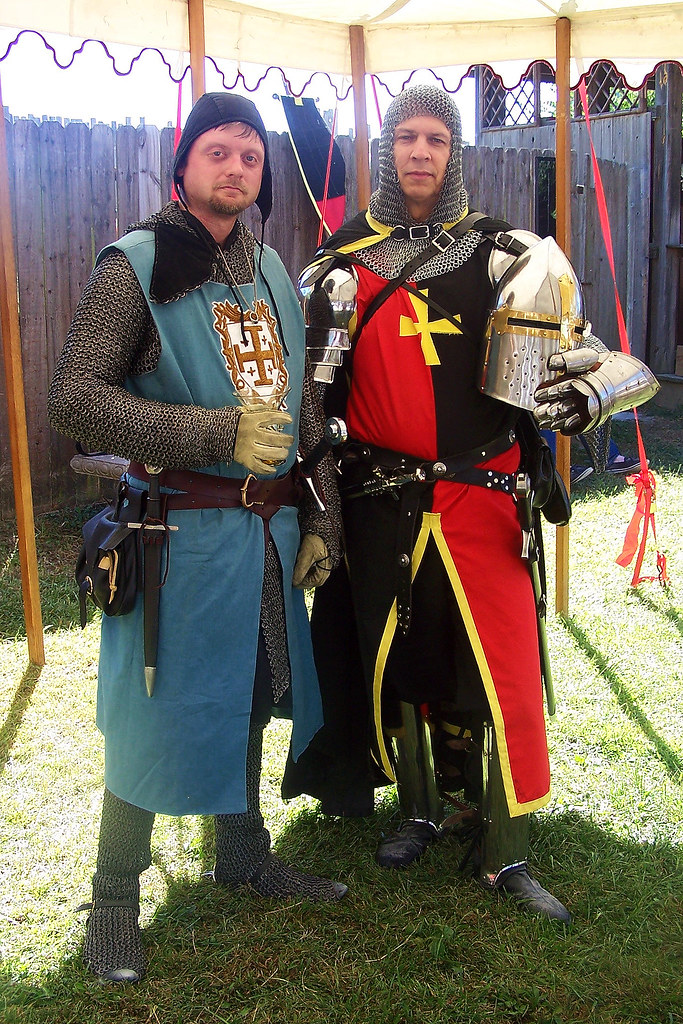
8. **Beyond Commonwealth Shores: Papal and Irish Orders of Knighthood**
The enduring prestige of the title ‘Sir’ extends far beyond the Anglophone spheres of the Commonwealth, finding intriguing, if sometimes constrained, manifestations in other historical and religious contexts. These instances underscore a universal human inclination to acknowledge merit and status through formal address, even when the specific protocols diverge considerably from the established British model. The intricate rules governing such titles often reflect deep-seated national and ecclesiastical legal frameworks, revealing a complex interplay of sovereignty and tradition.
Within the venerable institutions of the Holy See, for example, the Pope, as sovereign of the Catholic Church and Vatican City, delegates the awarding of various orders of knighthood. Knights and Dames of these papal orders, such as the Order of Pope Pius IX or the Order of St. Gregory the Great, are permitted to elect the ‘Sir’ or ‘Dame’ prefix, coupled with post-nominal letters. This allowance, however, is not absolute; its application is explicitly subject to the prevailing laws and conventions of the specific country in which the recipient resides, introducing a layer of national jurisdiction to an international honor.
For those in the United Kingdom, the ability to utilize these papal prefixes faces a stringent limitation. Despite the universality of highest and lowest dignities, the British Crown, by a matter of policy formalized in a Royal Warrant of 27 April 1932, generally does not grant a Royal Licence for the bearing of foreign titles. Consequently, while knights of papal orders may use their post-nominal letters within the UK, the distinguished prefix ‘Sir’ is disallowed, maintaining a clear distinction between domestic and international forms of recognition.
Historically, the Kingdom of Ireland, before the formation of the Irish Free State in 1921, also had its own esteemed order of knighthood: the Order of St. Patrick, established in 1783. Men associated with this order were indeed entitled to the style of ‘Sir,’ reflecting a distinct Irish tradition within the broader British system of honors. However, the regular creation of new knights ceased with political independence, and with the passing of the last knight in 1974, the Order itself entered a state of dormancy, a poignant testament to the ebb and flow of national symbols and honorifics.

9. **The Unique Case of the Philippines: A Nation’s Own ‘Sir’**
While many former British territories have developed their own independent honors systems, few have retained the direct pre-nominal application of ‘Sir’ with the same legislative clarity and broad recognition as the Philippines. This archipelago nation, with its rich tapestry of colonial influences, has forged a unique path, enshrining its own order of knighthood through explicit legislative charter, thus affirming the title’s relevance within its contemporary national identity.
The Order of the Knights of Rizal (Orden de Caballeros de Rizál) stands as the singular order of knighthood in the Philippines, officially constituted by law and recognized within the nation’s system of orders, decorations, and medals. This distinct legal foundation grants its members not just honorific recognition but also the unequivocal entitlement to the prefix ‘Sir’ before their first names. This applies equally to both spoken and written forms of address, providing a rare and compelling example of a non-Commonwealth nation fully embracing the title in a substantive manner.
Beyond the mere entitlement, the Knights of Rizal system is comprehensive in its usage protocols. Wives of these knights are similarly honored, permitted to prefix ‘Lady’ to their first names. Furthermore, knights are encouraged to append relevant post-nominal letters corresponding to their rank within the order, such as Knight of Rizal (KR) or Knight Grand Cross of Rizal (KGCR). Intriguingly, knighthood in the Order may be conferred upon both citizens and non-citizens of the Philippines, and importantly, all such knighthoods are considered substantive, meaning the honorific may be used by all recipients without qualification. This inclusivity and legislative backing distinguish the Knights of Rizal as a truly unique and significant modern application of the ‘Sir’ title.
Among its ranks, the Order boasts a distinguished roster of members from both the Philippines and abroad. King Juan Carlos I of Spain was conferred a Knight Grand Cross of Rizal, underscoring the international regard for the order. Even Nobel Peace Prize laureate and former US Secretary of State Sir Henry Kissinger is listed among its notable figures, as are former Philippine President Sir Benigno Aquino III and former Chief Justice Sir Hilario Davide, Jr., demonstrating the high caliber of individuals recognized by this distinctive national honor.

10. **’Sir’ in the Context of Faith: Religious Honors in Nigeria**
Beyond the formal state-sponsored systems of knighthood, the honorific ‘Sir’ also finds a profound, if sometimes less globally publicized, application within various religious communities. These instances often reflect a cultural absorption of honorific traditions, adapting them to acknowledge significant contributions and devout service within an ecclesiastical framework. Nigeria, a prominent Commonwealth nation with a diverse religious landscape, offers a compelling example of this adaptation, illustrating how established secular forms of address can be repurposed for spiritual commendation.
In Nigeria, men who are conferred with certain religious honors, such as the Knighthood of St. Gregory, frequently adopt the pre-nominal honorific ‘Sir.’ This practice closely mirrors its secular usage in countries like Britain and the Philippines, demonstrating a societal recognition of the title’s inherent respect-conferring qualities. The adoption of ‘Sir’ in this context transcends mere formality; it signifies deep commitment to faith, exemplary conduct within the religious community, and often, substantial charitable or communal service.
The societal integration of this religious ‘Sir’ extends further, reflecting the broader social customs surrounding honorifics. Just as the wives of secular knights often assume the title of ‘Lady,’ the wives of Nigerian men holding these religious knighthoods typically adopt the title of ‘Lady’ as well. This parallel usage reinforces the esteemed status of the honored individual and extends a measure of recognition to their spouse, cementing the familial and communal significance of such religious distinctions within Nigerian society. This localized adaptation underscores the versatility of ‘Sir’ as a cultural marker of esteem, demonstrating its capacity to transcend its origins and find new, meaningful applications within varied social ecosystems.

11. **Military Protocols: Where Rank Meets ‘Sir’**
The structured world of military and uniformed services, with its rigid hierarchies and emphasis on discipline, provides another significant domain where ‘Sir’ operates as a fundamental marker of respect and authority. Here, the honorific is not merely a courtesy but often a mandated component of communication, ensuring proper deference to superior officers and maintaining the chain of command. Across various national armed forces and law enforcement agencies, ‘Sir’ integrates seamlessly with established ranks, creating a nuanced tapestry of address protocols.
In the United States Armed Forces, for instance, ‘Sir’ is the prescribed form of address for any male commissioned officer when their specific rank or title is not explicitly used. This ensures a consistent level of respect is shown, irrespective of the officer’s specific grade. However, this convention does not typically extend to lower-ranking and non-commissioned officers, such as corporals or sergeants, who are generally addressed by their respective ranks. There are, however, specific branch-level variations; in the Air Force, Marine Corps, and Coast Guard, ‘Sir’ can also be used to address a drill instructor, even if they hold a non-commissioned officer rank, highlighting the intense authority attributed to this role.
The British Armed Forces employ a similar, yet distinct, set of protocols. Male commissioned officers and warrant officers are universally addressed as ‘Sir’ by all ranks junior to them, reinforcing the vertical structure of authority. Interestingly, commissioned officers, in turn, address male warrant officers as ‘Mr,’ indicating a different relational dynamic within the senior ranks. This detailed layering of address reflects the deep-seated traditions and precise internal etiquettes that define military life. In the Royal Canadian Mounted Police (RCMP), only commissioned officers are addressed as ‘Sir,’ while NCOs and constables are addressed by their rank, echoing the strict hierarchical conventions.
Further demonstrating regional variation, male British police officers of the rank of Inspector or above are addressed as ‘Sir,’ while women holding equivalent inspecting ranks are addressed as ‘Ma’am.’ The Hong Kong Police Force presents another unique cultural adaptation: male superiors are respectfully known by their surname followed by ‘sir’ (e.g., ‘Wong-sir’). Furthermore, male police officers are colloquially referred to by the wider public as ‘Ah-sir’ (阿Sir), illustrating the honorific’s pervasive presence and cultural embedding within everyday public interaction.
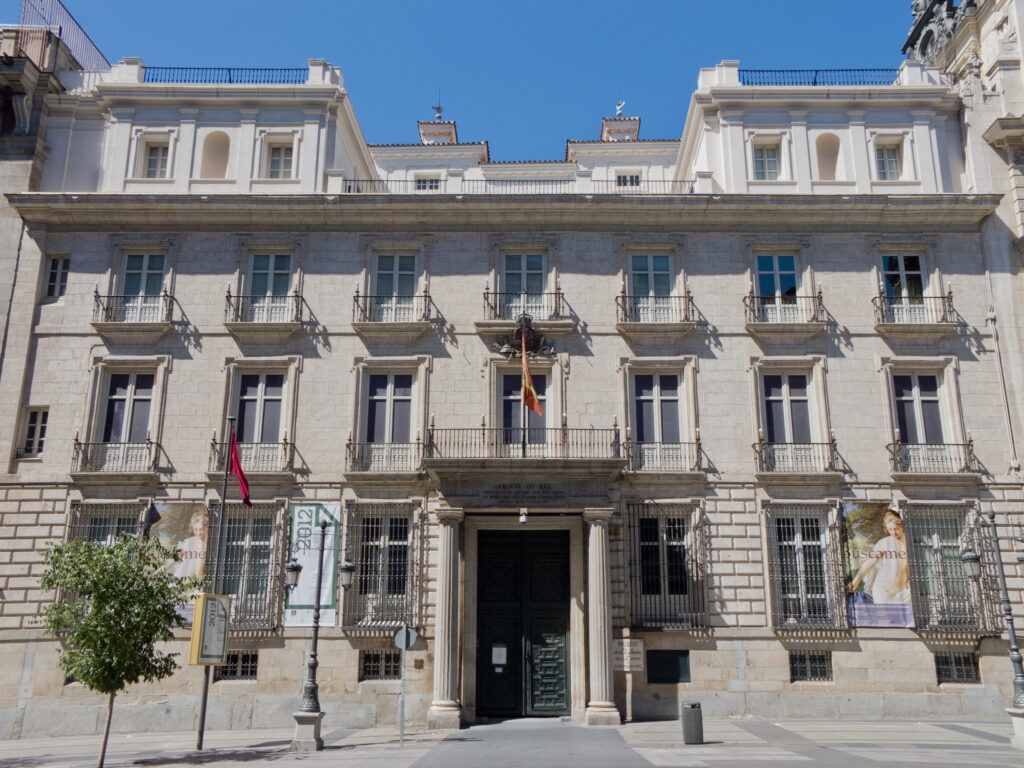
12. **Academia and the ‘Sir’ Prefix: Navigating Titles of Intellect**
The realm of academia, dedicated to the pursuit and dissemination of knowledge, presents its own distinct conventions regarding honorifics, especially when national honors intersect with scholarly titles. The conferral of a knighthood upon a distinguished academic necessitates a careful integration of ‘Sir’ with existing professional designations, creating a protocol that respects both intellectual achievement and state recognition. The nuances of this combination often reflect the differing weight and prestige accorded to various academic ranks.
In instances where a military officer who is also a knight, the appropriate form of address places the professional military rank first, followed by ‘Sir’ and then his name, such as ‘Admiral of the Fleet Sir Bruce Fraser’. This precedence of professional standing is similarly observed within the academic world. When a knighted individual holds the prestigious title of ‘Professor’—which, in the United Kingdom, designates the highest academic rank—the correct form of address places the academic title first. For example, Patrick Bateson, a renowned academic and a knight bachelor, was appropriately styled as ‘Professor Sir Patrick Bateson,’ seamlessly combining his scholarly distinction with his honorific. This arrangement underscores the significant respect and formal recognition afforded to both the academic achievement and the knighthood.
However, this rule of precedence sees a notable exception when it comes to the title of ‘Doctor’ (Dr.). In such cases, the knighthood invariably takes precedence, and the title ‘Doctor’ is not used in combination with ‘Sir.’ Knighted doctors are addressed simply as ‘Sir’ followed by their given or full name, even though they may still utilize any post-nominal letters associated with their doctoral degrees. This distinction highlights the elevated status of a knighthood within the formal system of address, signaling that it supersedes lesser honorifics in direct address, thereby reserving ‘Sir’ for its most distinguished application.
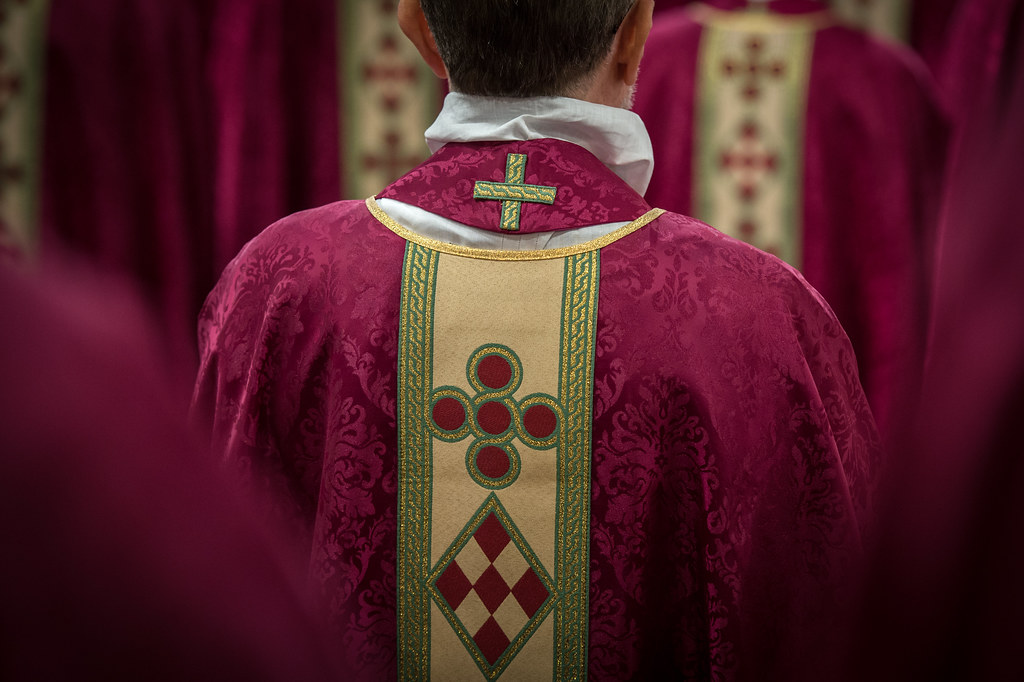
13. **Ecclesiastical Distinctions: When Clergy Bear the Title**
The intersection of secular honors with religious office introduces another fascinating layer of complexity to the application of the ‘Sir’ title. Within the various denominations, particularly the Church of England, specific protocols dictate whether and how clergy who receive knighthoods are addressed. These distinctions often stem from deeply ingrained theological and customary considerations, separating the spiritual calling from temporal recognition.
For Church of England clergy, a pivotal distinction hinges on the timing of the knighthood relative to their ordination. Should a clergyman receive a knighthood after having been ordained, they do not undergo the traditional accolade ceremony and, crucially, do not use the title ‘Sir’ in their address. Instead, their knighthood is acknowledged solely through the use of post-nominal letters, which follow their clerical title. A clear example provided is that ‘the Reverend John Polkinghorne, KBE,’ would never be referred to as ‘Sir John Polkinghorne,’ emphasizing that the clerical title holds precedence in direct address over a post-ordination knighthood.
Conversely, if an Anglican clergyman inherits a baronetcy or was knighted *before* his ordination into the ministry, he retains his pre-existing style and title. In such unique circumstances, the secular honorific is permitted to precede the clerical designation. A compelling historical illustration is Sir Nicholas Beatson-Bell, who was a knighted Indian Civil Service officer and imperial administrator prior to entering the ministry. Upon his ordination, he added ‘The Reverend’ to his secular honorific, thereby becoming ‘The Revd. Sir Nicholas Beatson-Bell KCSI, KCIE.’ This particular rule underscores a recognition of an honor acquired before the individual dedicated their life to spiritual service, allowing for a unique dual recognition. Clergy of other denominations may, of course, follow different, denomination-specific conventions, further highlighting the intricate nature of these honorific protocols.

14. **Respect in the Classroom: ‘Sir’ in Educational Settings**
Beyond the formal ceremonies of state and the strict hierarchies of military life, the honorific ‘Sir’ enjoys a pervasive and culturally significant presence within educational institutions, particularly in Britain and parts of the United States. In the classroom, ‘Sir,’ alongside its female counterpart ‘Miss’ or ‘Ma’am,’ functions as a fundamental mark of respect, reinforcing the authority and pedagogical role of teachers. This tradition, dating back centuries, reflects broader societal attitudes towards deference and structured learning environments.
In the British school system, the use of ‘Sir’ for male teachers and ‘Miss’ for female teachers is deeply ingrained and widely practiced. This custom can be traced back to the 16th century, and it may have served historically to bolster the authority of teachers, especially those from lower social classes, when instructing largely upper-class students. However, this gendered application of titles has not been without its critics. Jennifer Coates, emeritus professor of English language and linguistics at Roehampton University, has highlighted the disparity, noting that ‘Sir’ implies knighthood, while ‘Miss’ is merely a descriptor for an unmarried woman, arguing that it reflects a systemic low status for women compared to men in the profession. Despite such critiques, others, like Debbie Coslett, chief executive of the Brook Learning Trust, defend the practice as a simple mark of respect within the English language’s operational norms.
The geographical diversity of the United States reveals variations in these educational address customs. In the Southern United States, ‘Sir’ is commonly used by students to address their male teachers and professors, embodying a broader cultural inclination to use the term for individuals in positions of authority or respect. For female teachers in this region, ‘Ma’am’ is the prevalent equivalent. The Northeastern United States, particularly New England, displays a synthesis of British and French traditions. Here, male teachers are referred to as ‘Sir,’ while female teachers are addressed with distinctions such as ‘Miss’ for younger or unmarried women, ‘Ms’ for senior or ranking females (irrespective of marital status), and ‘Mrs’ for married or widowed females, illustrating a more nuanced approach to gendered honorifics in educational settings.
Read more about: Beyond the Whistle: 15 In-Depth Looks at the Sports Psychology Ph.D. Fueling Elite Performance and Coaching Excellence

15. **’Sir’ in Public Life: Law Enforcement, Service Industries, and Enduring Relevance**
The journey of ‘Sir’ through history and across diverse cultural landscapes culminates in its broad and often spontaneous application in various aspects of public life, reflecting its enduring utility as a universal marker of respect and courtesy. Beyond the structured environments of military or academic institutions, the honorific gracefully navigates the nuances of everyday interactions, appearing in law enforcement, the bustling service industry, and even popular media, demonstrating its remarkable adaptability and symbolic weight.
Within law enforcement, beyond the internal addressing protocols, ‘Sir’ often serves as a primary mode of address for male officers, particularly by the public. This general application extends the aura of authority and respect associated with the title, fostering a formal yet courteous interaction between citizens and police personnel. In the Hong Kong Police Force, the colloquial ‘Ah-sir’ (阿Sir) is a testament to how deeply the term has been integrated into the public’s perception and address of officers, signifying a blend of familiarity and deference.
The service industry, a ubiquitous facet of modern society, frequently employs ‘Sir’ as a polite and respectful way for employees to address male customers, and occasionally vice versa. This practice is notably more prevalent in certain regions; a 1980 study, for example, indicated that ‘Sir’ or ‘Ma’am’ accompanied 80% of service interactions in the Southern United States, a stark contrast to the 25% observed in the Northern United States. This regional variation underscores the influence of local cultural norms on honorific usage. Similarly, in the Philippines and South Asia, ‘Sir,’ often paired with ‘Ma’am’ or ‘Madam,’ is a commonplace form of address, not only for customers but also for individuals of higher social rank or age, reflecting deep-seated cultural values of respect.
Even popular media has recognized and adapted the term, showcasing its versatility. In science fiction series such as *Star Trek* and *The Orville*, ‘Sir’ is notably utilized as a gender-neutral term to address superior ranking officers. This futuristic interpretation highlights the honorific’s capacity to evolve beyond its traditional masculine connotations, adapting to contemporary aspirations for inclusivity while retaining its core function as a symbol of respect for authority and leadership.
From its ancient Latin roots denoting seniority to its contemporary, multifaceted applications across global cultures and professional domains, the honorific ‘Sir’ stands as a testament to the enduring human need for structured deference and formal recognition. It is a word that encapsulates centuries of history, reflecting shifts in societal hierarchies, linguistic evolution, and cultural values. Its continued prevalence, whether in the hallowed halls of traditional knighthood, the disciplined ranks of military forces, the respectful exchanges of the classroom, or the polite interactions of daily commerce, affirms its profound and lasting significance in the intricate tapestry of human communication. The journey of ‘Sir’ is, in essence, a journey through the evolution of respect itself.



